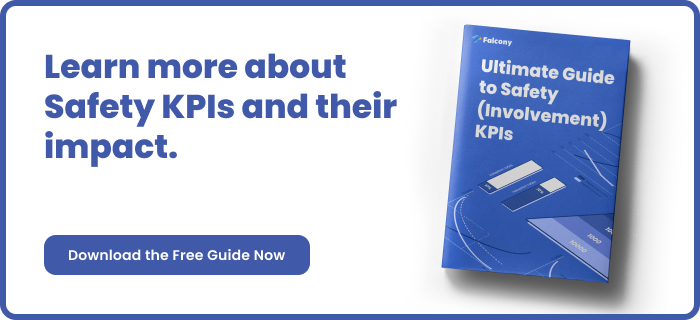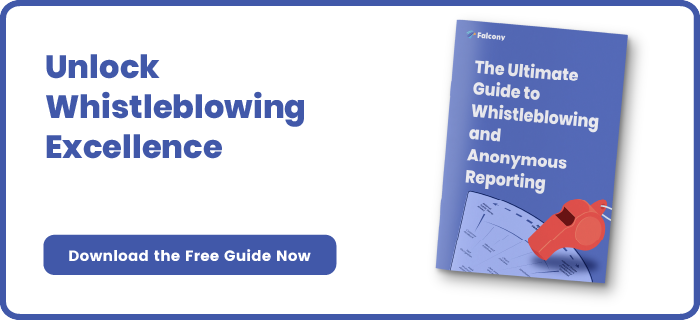9 Common Unsafe Acts in Events Management
Event management, while often exciting and dynamic, also comes with its fair share of risks.
From the planning stage to execution, the possibility of unsafe acts can threaten both the safety of participants and the success of the event itself. Understanding these common unsafe practices and how to mitigate them is crucial for ensuring the well-being of all involved. Below, we outline nine common unsafe acts in event management and offer suggestions for addressing them effectively.
Inadequate Risk Assessments
A key element of event management is identifying potential hazards and taking appropriate measures to mitigate them. Unfortunately, one of the most common unsafe acts is the failure to conduct thorough risk assessments before and during the event. Risk assessments should cover everything from crowd control to fire safety, ensuring that all possible risks are accounted for and managed accordingly.
Solution: Always conduct comprehensive risk assessments, involving key stakeholders such as security, health and safety experts, and local authorities. Document the findings and implement an action plan based on those assessments.
Poor Crowd Management
Events, particularly large ones, often see a significant number of people gathering in one place. Improper crowd management can lead to overcrowding, panic, and in the worst case, stampedes. Unsafe crowd management practices include insufficient barriers, poorly placed exits, and inadequate staff to manage flow.
Solution: Plan for crowd control by establishing clear entrances, exits, and walkways. Employ trained crowd management personnel to ensure safe movement of attendees. Regularly monitor the crowd and adjust plans if necessary.
Improper Use of Electrical Equipment
From sound systems to lighting rigs, events rely heavily on electrical equipment. Unsafe practices, such as overloading circuits, using damaged cables, or not properly grounding equipment, can lead to electrical fires or shocks.
Solution: Ensure that all electrical equipment is installed by qualified personnel and regularly inspected for damage. Avoid overloading circuits, and use weatherproof or appropriate equipment for outdoor events. Always have an emergency plan in place in case of electrical failure.
Failure to Secure Temporary Structures
Temporary structures, such as marquees, stages, and scaffolding, are often used in events. If not properly erected or secured, they pose a significant risk of collapsing, especially during adverse weather conditions.
Solution: Engage professional engineers to oversee the construction of temporary structures. Ensure all structures are erected according to the manufacturer’s guidelines and tested for safety before the event begins. Additionally, regularly inspect these structures throughout the event.
Inadequate First Aid Preparedness
Accidents and medical emergencies can happen at any time during an event, and an inadequate first aid response can exacerbate the situation. Failure to have trained medical staff on-site, insufficient first aid kits, or unclear emergency procedures can make it difficult to address medical needs promptly.
Solution: Ensure that a qualified first aid team is available on-site at all times. Keep fully stocked first aid kits easily accessible, and ensure that all staff are aware of the location of emergency services. Develop and communicate a clear emergency procedure to all attendees and staff.
Neglecting Fire Safety
The risk of fire, particularly in large indoor venues or areas with flammable materials, is a serious concern. Common unsafe acts include blocked fire exits, insufficient fire extinguishers, and a lack of fire evacuation plans.
Solution: Ensure fire exits are clearly marked and never blocked. Install appropriate fire extinguishers and maintain them regularly. Provide fire safety training for staff and volunteers, and have a detailed evacuation plan that is communicated to all attendees before the event.
Lack of Personal Protective Equipment (PPE)
In some events, especially those involving construction or manual labour, neglecting to use personal protective equipment (PPE) such as helmets, gloves, and high-visibility clothing can lead to injuries. Staff working behind the scenes or handling heavy equipment may be at risk if they are not adequately protected.
Solution: Conduct safety inductions for all staff and ensure PPE is provided and used where necessary. Regularly check that PPE is in good condition and that all workers adhere to the safety standards.
Poor Food Safety Practices
Foodborne illnesses can ruin an event and pose a serious health risk to attendees. Unsafe food practices such as improper storage, handling, or lack of hygiene can lead to contamination and outbreaks of illness.
Solution: Work with licensed and experienced catering services that adhere to local food safety regulations. Ensure proper storage, preparation, and serving practices are followed, and monitor food vendors for compliance with hygiene standards throughout the event.
Inadequate Communication During an Emergency
During an emergency, clear and effective communication is essential to ensure the safety of all involved. However, a common unsafe act is the failure to establish a reliable communication system between staff, emergency responders, and attendees.
Solution: Implement a robust communication system that includes walkie-talkies or mobile apps for staff. Designate key personnel responsible for communicating with emergency services and attendees, and conduct drills prior to the event to ensure everyone knows their role.
Conclusion
Safety in event management is paramount, and recognising these common unsafe acts is the first step toward mitigating risks. By conducting thorough risk assessments, ensuring proper crowd management, securing temporary structures, and addressing other safety concerns, event organisers can reduce the likelihood of accidents and ensure a smooth and successful event. With the right preparation, attention to detail, and commitment to safety, event managers can create environments where both attendees and staff can enjoy the experience with peace of mind.
Modern web applications have a lot of benefits when it comes to organising audits, inspections, assessments and checks in a clear and easy-to-understand way. Test our Falcony | Audit FREE for 30 days or Contact us for more information:
We are building the world's first operational involvement platform. Our mission is to make the process of finding, sharing, fixing and learning from issues and observations as easy as thinking about them and as rewarding as being remembered for them.
By doing this, we are making work more meaningful for all parties involved.
More information at falcony.io.

Related posts
9 Common Safety Risks in Events Management
8 Most Common Inspection Templates Used in Event Management
Event management is a dynamic and complex field, requiring meticulous attention to detail,...
8 Most Common Safety Incidents in Events Management
Events, especially big ones, take a lot of planning and preparation. However, not everything can...







